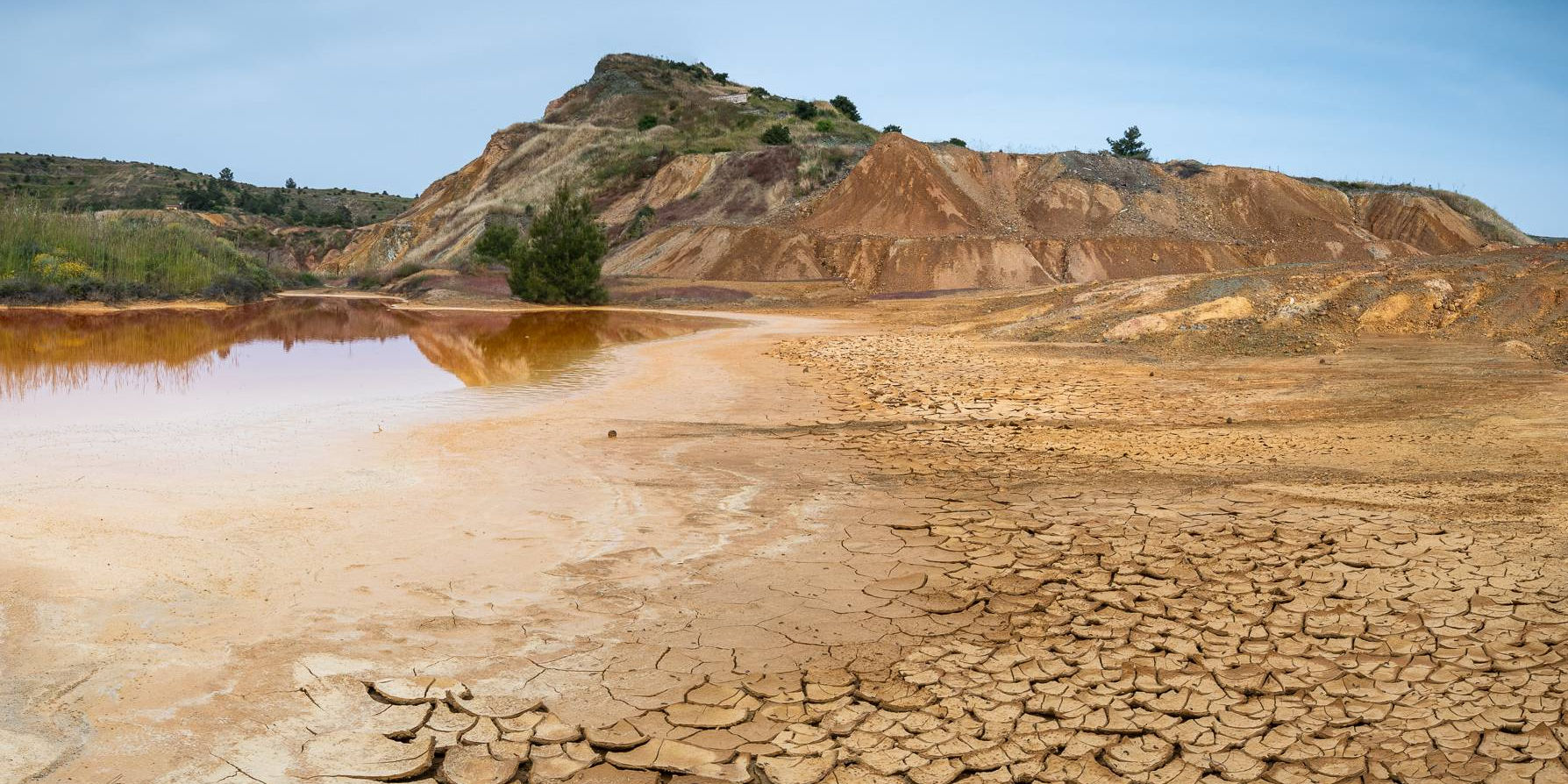
Terrasafe
TErrestrial Resilience and RestorAtion Strategies for semiArid and Fragile Ecosystems through a multiactor approach (TERRASAFE). Innovations for empowering communities in Europe and North Africa to combat desertifcation
Context
Desertification, as defined by the United Nations Convention to Combat Desertification (UNCCD), is the degradation of land in drylands caused by factors such as climate variations and human activities. In Southern, Central, and Eastern Europe, about 25% of the land is highly or very highly vulnerable to degradation. This vulnerability is expected to worsen with future climate change and continued pressures from current land use practices.
Land degradation varies greatly depending on the specific contextt, so solutions to prevent and reverse it must consider local social, economic, environmental and political conditions. In a multi-actor stakeholder approach TERRASAFE will actively involve local communities of landowners and other stakeholders in decision-making processes on viable desertification prevention and restoration measures. This collaborative approach, supported by scientifically sound and robust tools and guidelines tailored by the local communities to their specific circumstances, will enhance desertification resilience and lead to transformative positive impacts.
Aims and Objectives
The overarching goal of TERRASAFE is to significantly empower local communities in southern Europe and northern Africa to confront the growing threats of desertification, particularly accelerated by climate change. This will be achieved by co-developing, co-implementing, co-assessing cost-effectiveness, co-demonstrating, co-disseminating, and co-promoting the widespread adoption of nature-based, technological, and social innovations for land degradation prevention and restoration.
Professor Lindsay Stringer, Department of Environment and Geography, YESI Director
Principal Investigator
Dr Jacob Keizer, University of Aveiro, Portugal
Co-Investigators
Prof Lindsay Stringer, University of York
TERRASAFE is co-funded by the EU’s Horizon Europe programme under grant agreement no. 10115737, and by the UKRI.
University of Aveiro
Centre for Soil and Applied Biology Segura (CEBAS)
University of Basilicata
ICAS (Romania)
Countryside & Community Research Institute, University of Gloucestershire
Norwegian Institute of Bioeconomy Research (NIBIO)
Wageningen University & Research
Institute of European Environmental Policy (IEEP)
Mediterranean Sustainable Development Foundation (MEDES)
Institut des Regions Arides (Tunisia)
AKTI Project and Research Center (Cyprus)
Agrobiogel
Imflorestal
Edafotec
Isotech
Agrodit